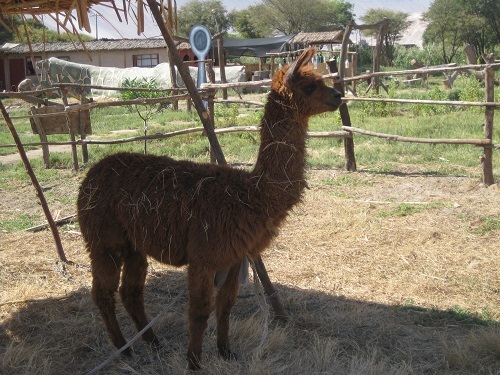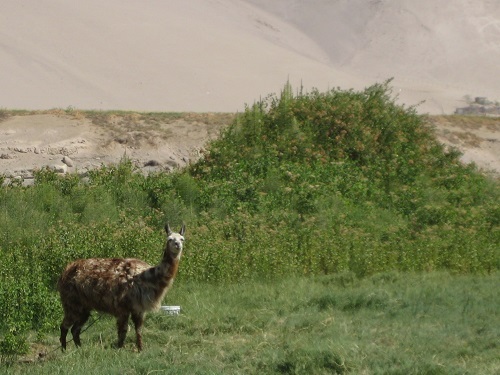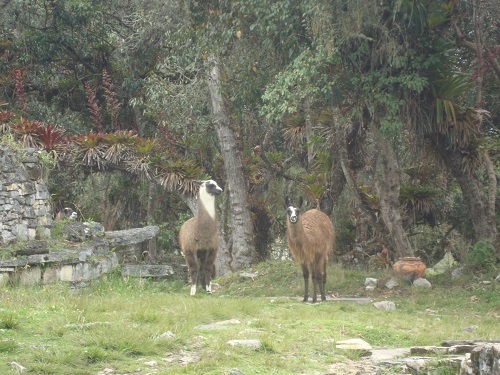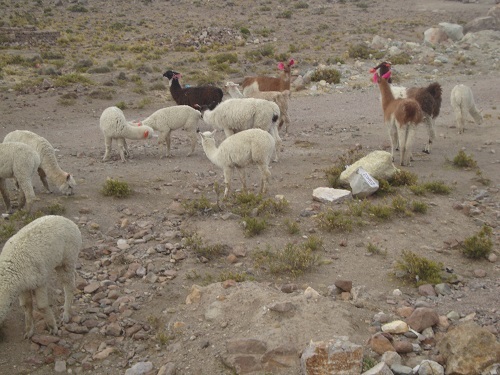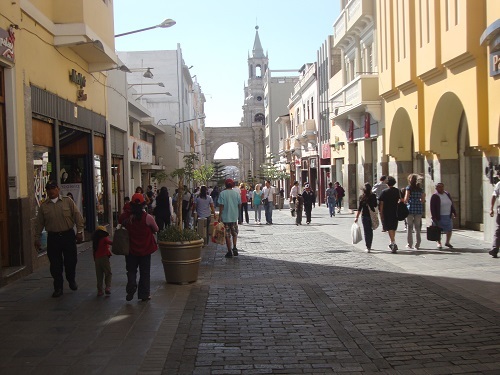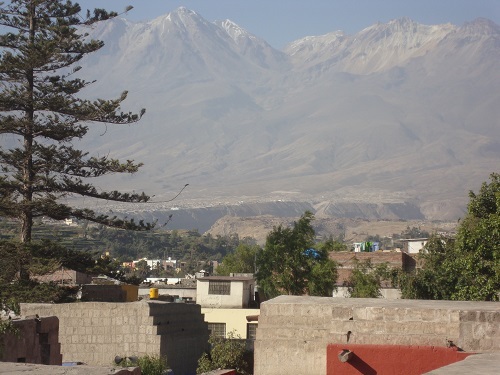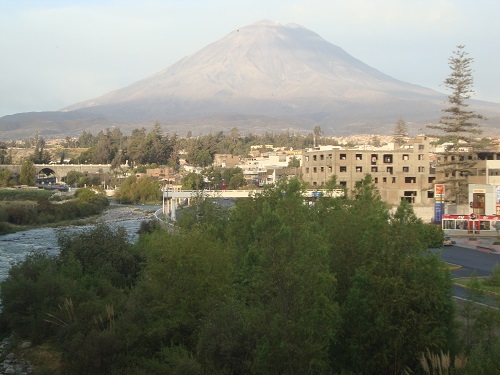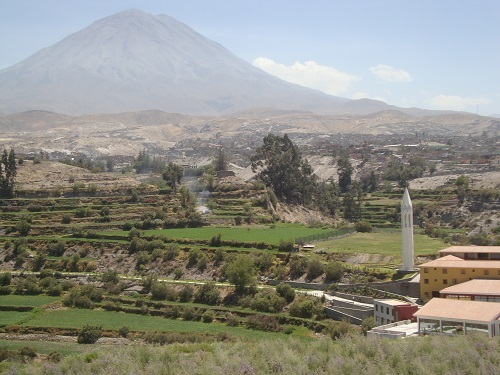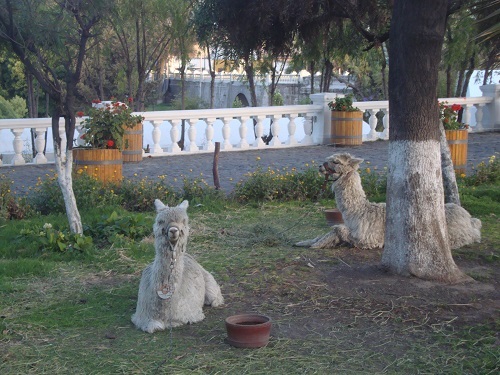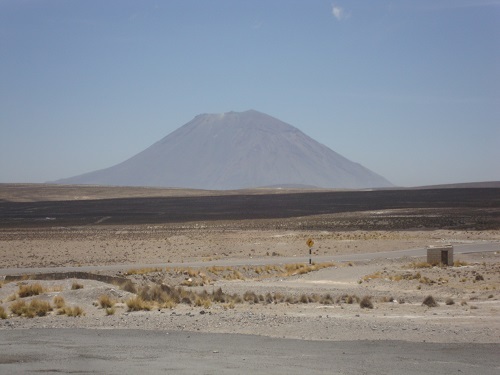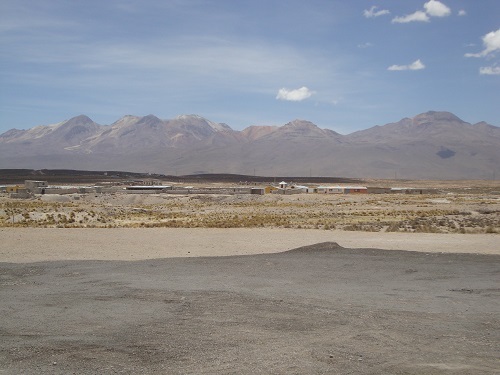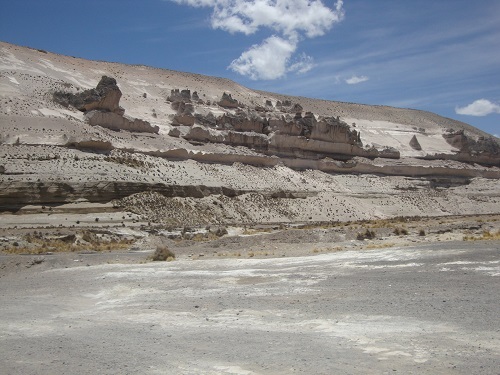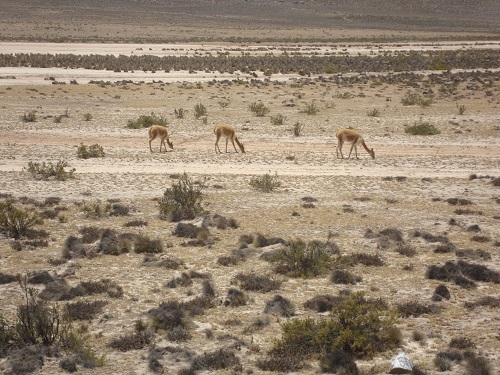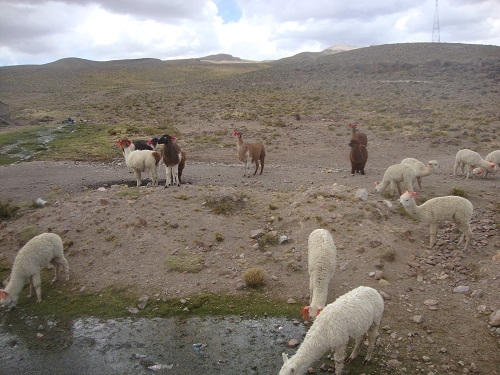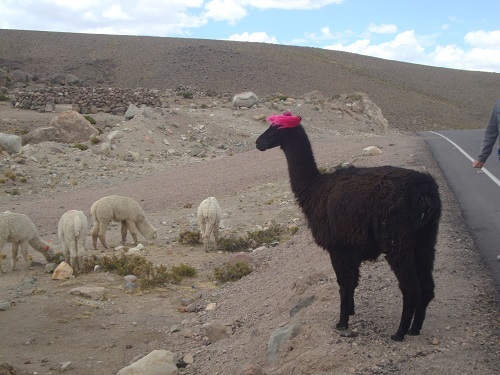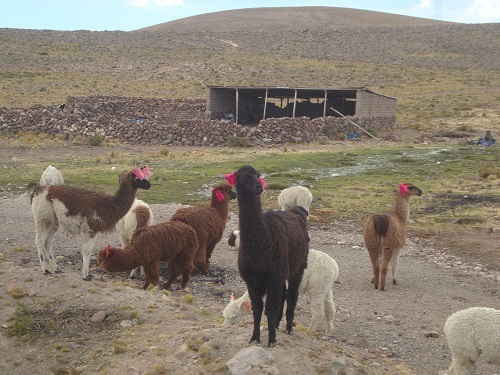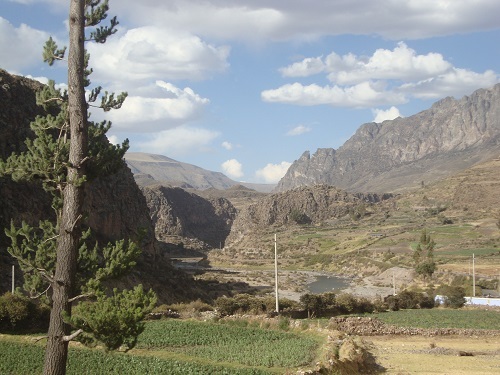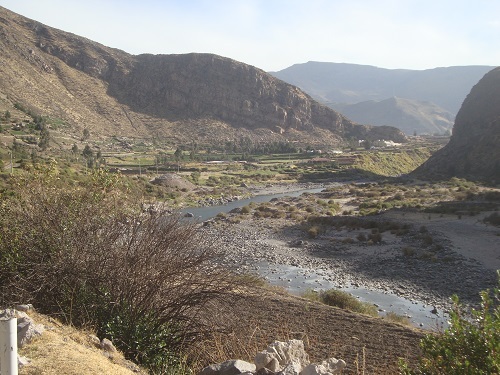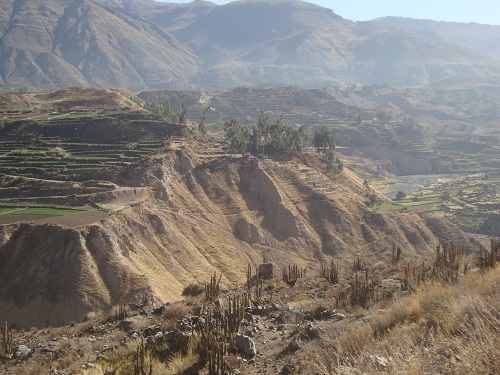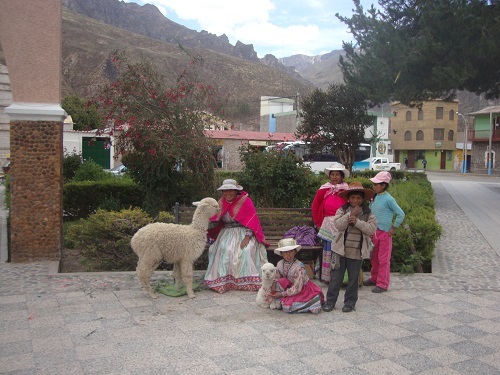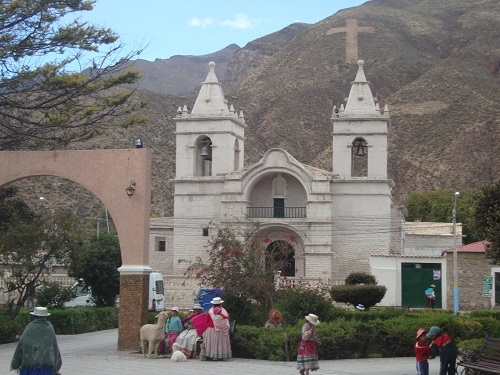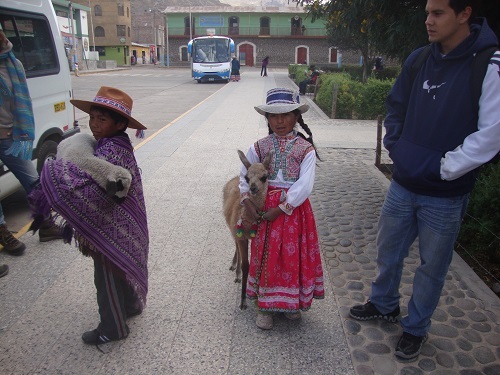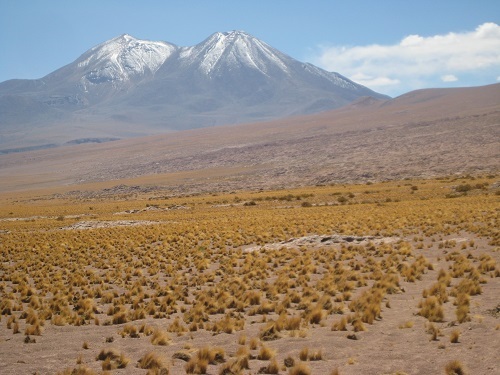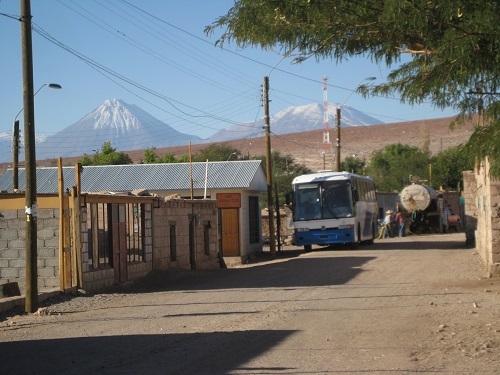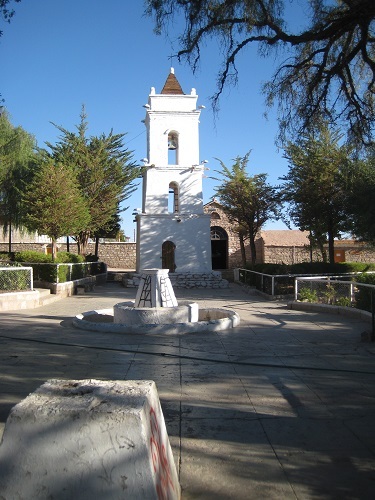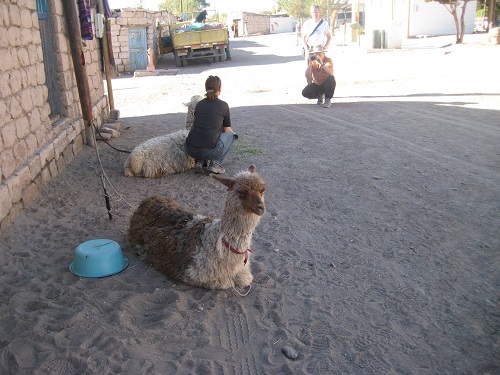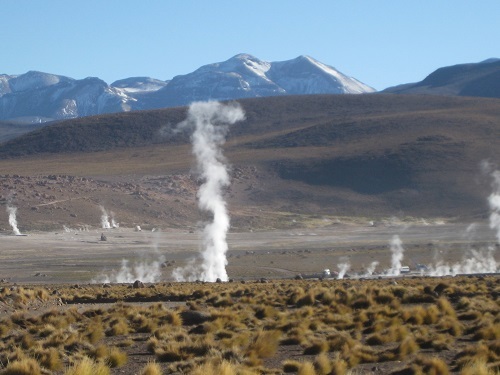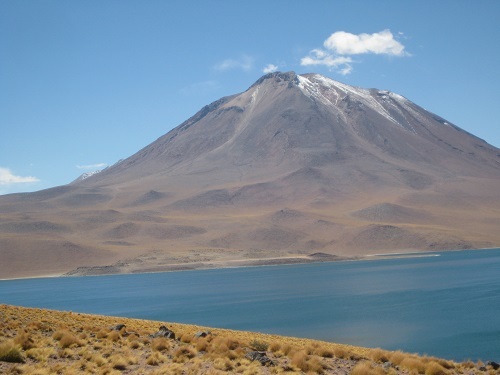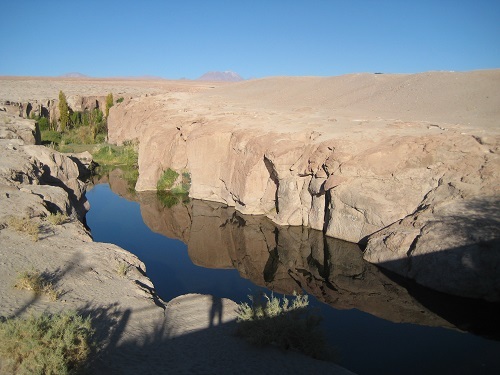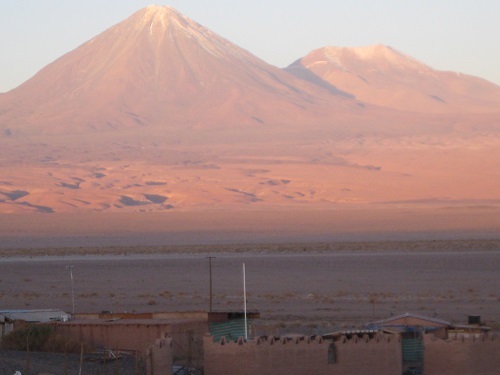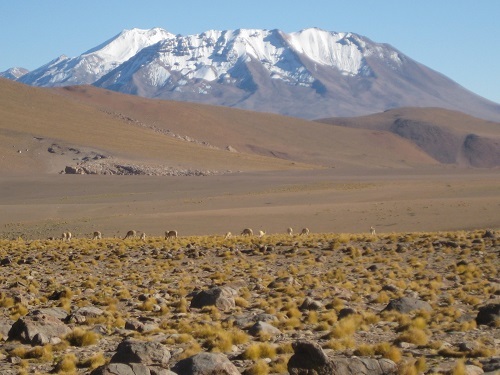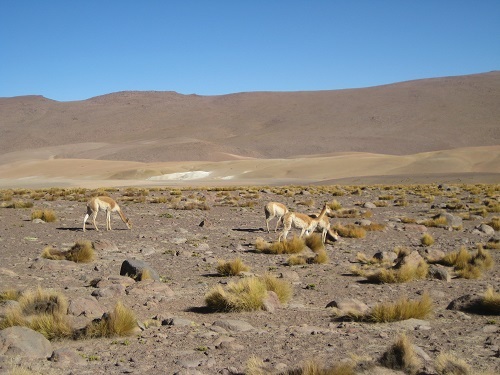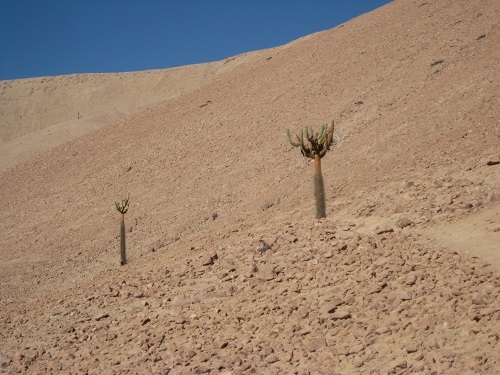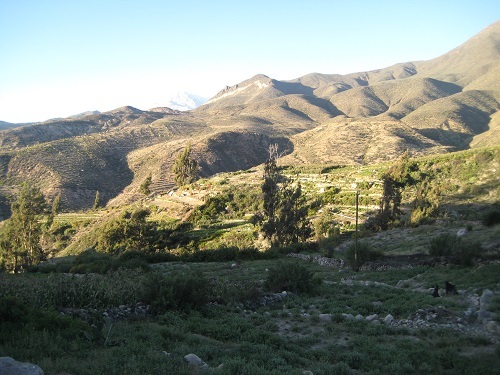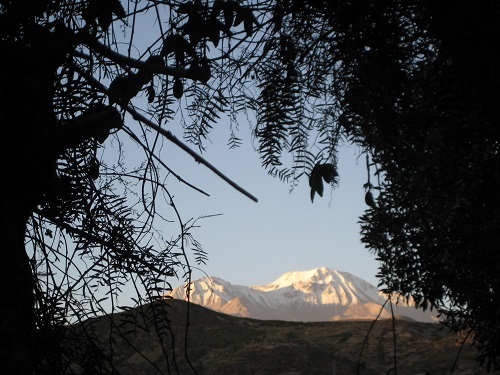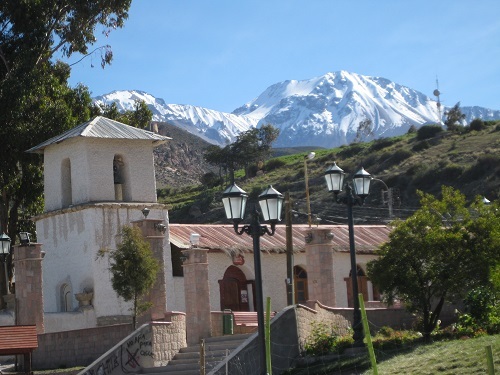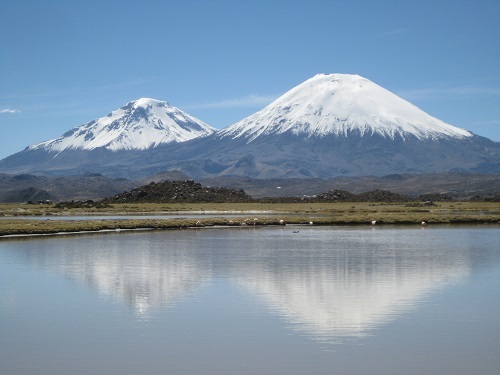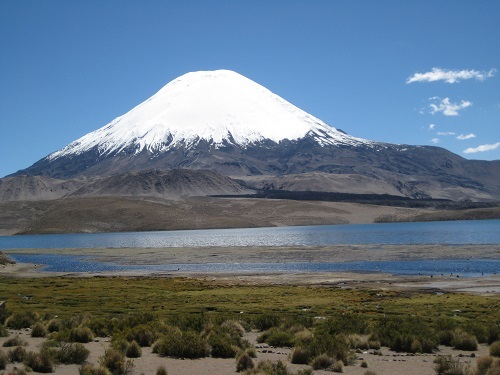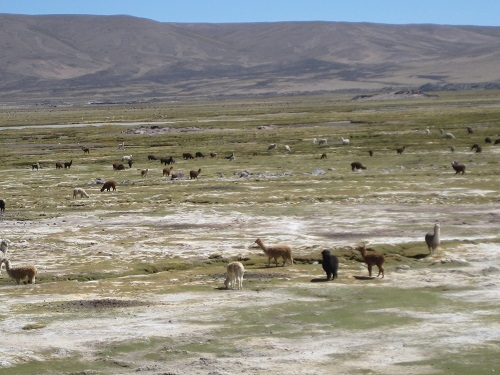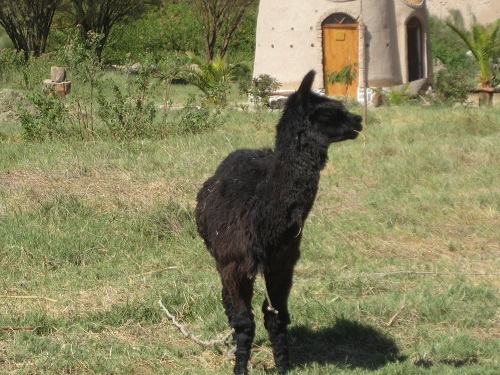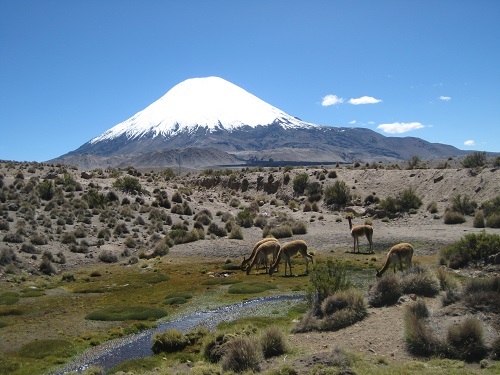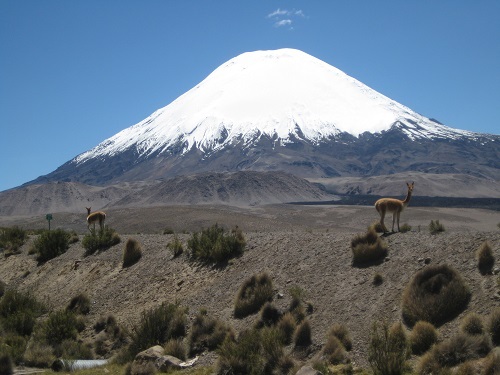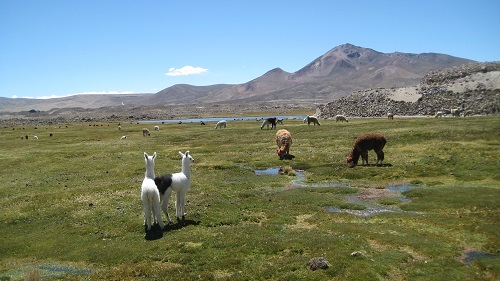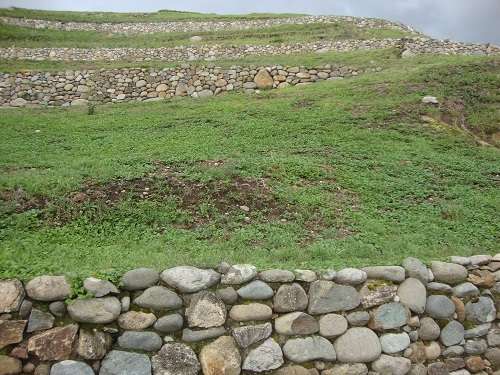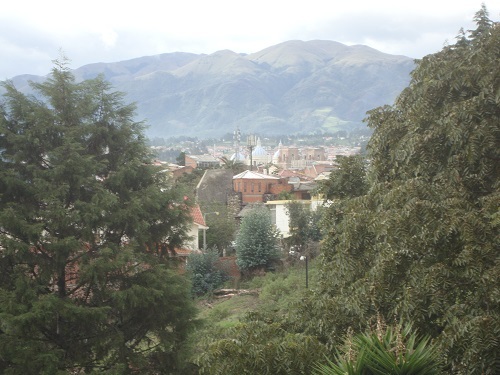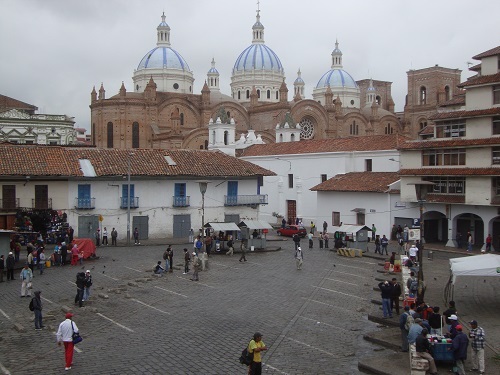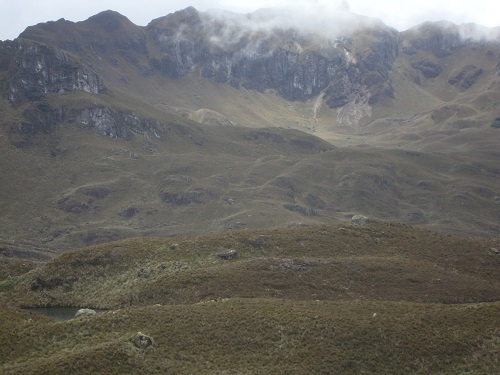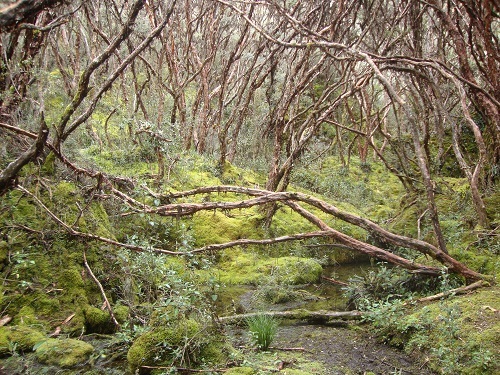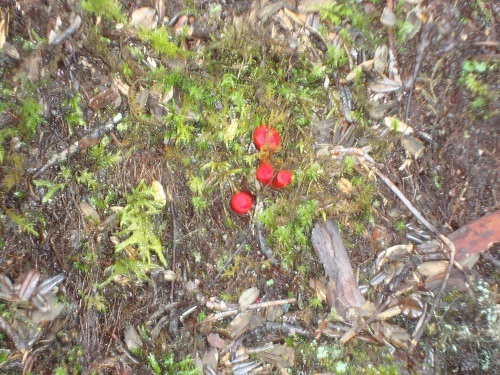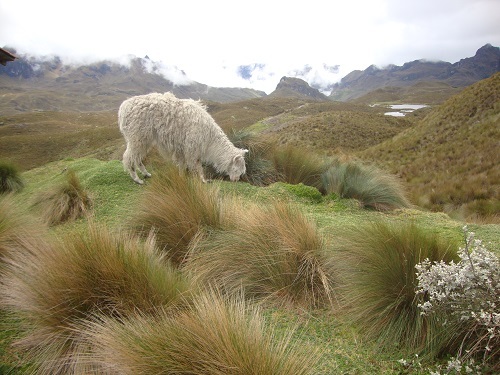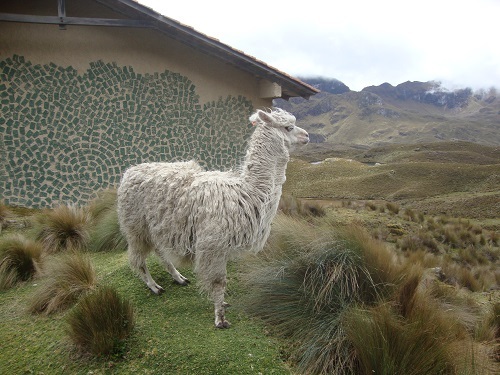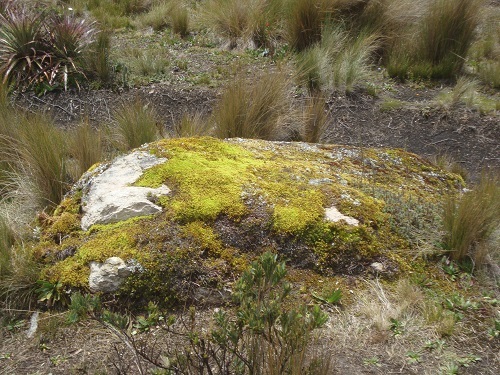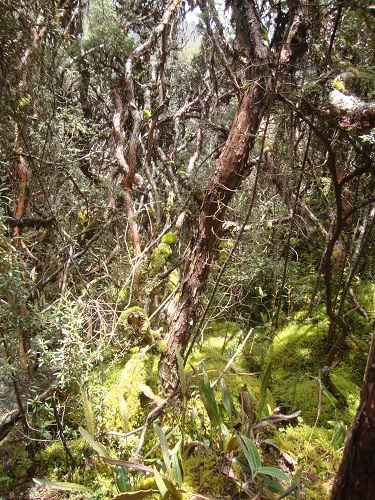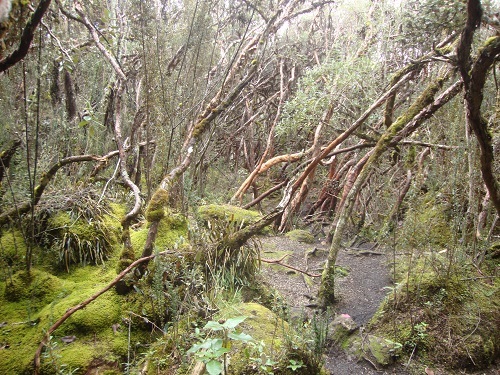Llamas & Co are the spitting image of their camel and dromedary cousins, but only literally - both branches of the camelid family spit at you if you piss them off. There the resemblance ends. These South American relatives roaming the mountains and altiplano of the Andes have no humps and very little else to remind you of the ships of the desert, beyond their elongated necks.
Llamas and the smaller alpacas have been domesticated beasts of burden for millennia, the lorries of the pre-Hispanic Inca and other Andean empires. According to National Geographic, llamas can carry up to 75 pounds for 20 miles in a single day - and quite willingly, too, unless you overload them.
Then they'll simply refuse to move, lie down on the ground, and spit, hiss, or kick at you (sounds like a board meeting of your favourite company or organization?), until you lessen the load.
Their wild cousins, the guanaco and smaller vicuña, browse over much the same territory - the highlands of Ecuador, Peru, Bolivia, Argentina and Chile.
The latter provides exceptionally fine wool, but you first have to catch the frigging beast to get it. Add to that that it produces only small amounts, that it takes three years before it can be shorn again, that you're going to need quite a few to make a nice warm cardigan, and you can understand why a splendiferous trendy vicuña garment was for royalty only during the days of the Incas.
So I don't try to knit myself some nice vicuña underwear, or stick my baggage on a llama's back during my peregrinations on the South American Looney Front, but here are some of the encounters with this branch of the camelid family.
If you happen to go to Arequipa in Peru's southern highlands, 7,000 feet and more up in the Andes and surrounded by volcanoes - the massive crags of 19,872-foot Chachani, the perfect cone of 19,101-foot Misti and the 18,583-foot ridges and peaks of Picchu Picchu - you don't even have to leave the city limits to see your llamas and alpacas.
The neighbourhood
Just get on a city-and-environs double-decker bus tour for the museum-cum-shop-cum-petting-zoo and you'll learn how the hair is turned into wool into clothes.
The inmates
Getting back on the bus, however, does have its moments. The bright genius of a driver forgets he's left it in reverse, opens the ignition and propels several boarding passengers climbing to the top deck into some very interesting kaleidoscopic poses more fascinating than any llama stampede. And I do believe some of the spilled passengers are spitting as well.
It's on the bus journey from Arequipa to the Colca canyon, reputedly more than twice as deep as Grand Canyon, that the guide gives a full lesson on the local camelids, as we zig-zag amid greyish-yellow volcanoes that loom over parched equally yellowish-grey desert to a pass at nearly 17,000 feet.
Vicuña, fawn and white, live in herds of several females with one male. If another male approaches, the herd male goes after his balls, trying to bite them off to head off genetic competition. Nice! The herd male is called Cay Nacho in Quechua which means sexy boy.
When the male gets old, the females kick him out. Old males live in groups for protection against foxes and pumas while the young male leads a solitary life, waiting to gather his own harem. The life span is 18 to 20 years and pregnancy lasts 11 months. So now we know.
The inmates
Meanwhile a herd of llamas, with coloured streamers flowing from their long pierced ears to denote whom they belong to, is milling around the pass, which is surrounded by eight volcanoes.
We descend into the village of Chivay - in Quechua 'a good place to make love.' Here, Inca ladies in multi-coloured shawls and skirts sit in the little town square in front of the church with baby alpacas, waiting to be photographed for a few coins by perambulating tourists.
The neighbourhood
Another lesson I've learned from the guide and will not repeat. I will never ever chew coca leaves with calcium stones again. I've been lying in bed for hours and just cannot fall asleep, however tired I am. Even worse: my head's racing around like a mad bugger, going off on all sorts of tangents to settle on nasty angst-ridden thoughts.
Further south, across the border in Chile, the 8,000-10,000-feet high Atacama Desert is reputedly the driest place on Earth, its ruddy soil complexion often compared to Mars. Here, in the little adobe village of Toconao, two young llamas squat tethered to a shop in a leafy square near a white steeple, in front of but separated from its wooden-roofed church.
The neighbourhood
They're 10 months old and have huge eyes, with enormously long eyelashes. One has one grey eye and one brown.
The inmates
Moving away from San Pedro de Atacama, the region's main village, past the geysers and fumaroles where tourists rise before dawn to see the steam in the rising sun before taking a plunge, and on towards the range of towering snow-capped volcanoes that marks the border with Bolivia, herds of graceful vicuña (or are they guanaco? They look alike) dot the spectacular landscape in wild freedom.
The neighbourhood
The inmates
In Lauca National Park, even further into Chile's far north, amid spectacular snow-capped volcanoes, azure mirror-surface lakes, verdant valleys mossy green meadows and precipitously plunging ravines, some 10,000 to 20,000 feet up in the heavens, the wild and domesticated abound side by side.
The neighbourhood
Llamas and alpacas, vicuñas and guanacos browse - along with rabbit-like vizcachas, a kind of chinchilla, taruca deer and cougars - beneath terraced hillsides that the indigenous peoples cultivated hundreds of years before the arrival of the Spaniards.
The inmates
Far north along the Andean spine in Ecuador, the odd llama and alpaca browse amid deep green mountain ramparts by low wall ruins and terraces - all that's left of Pumapungo (Door of the Puma), the vast palace, government and religious complex that Inca Emperor Huayna Capac built, The views over the Tomebamba River and the cathedral's bright blue cupolas in what is now Cuenca are splendid.
Once more into the heavens, 12,000 feet above Cuenca, is Cajas National Park (from the Quechua 'Cassa,' or 'Gateway to the snowy mountains'). On the tundra-like páramo, clouds trapped in the valleys float in slow motion, and a quinoa forest spreads out a spectacular grey-green tapestry of trees that take 180 years to reach a height of 45 feet, the highest-elevation tree in the world.
They glint with hanging mosses, sun-streaked in various shades of brilliant green. Tiny brilliant red toadstools sprout from the ground, yellow-brown fungus sails shoot out from the bark, dwarf tulips no bigger than a large pin head burst forth with bright yellow and red stripes, guanaco (or are they vicuña?) browse in the distance and, nearby, a large white alpaca stares at me with stunning blue eyes.
The neighbourhood
The inmates
An enchanted fairy-tale forest indeed.
[Upcoming blog next Sunday: The First in a Series on Norwegian Fjords]
______________
By the same author: Bussing The Amazon: On The Road With The Accidental Journalist, available with free excerpts on Kindle and in print version on Amazon.
